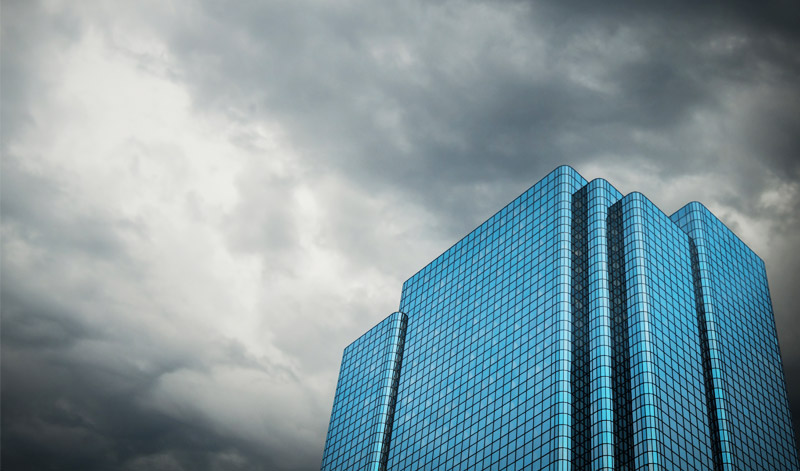
Remodeling Your Building for Resiliency
Impacts from weather, climate and other emergencies can be hard on a building. They can also threaten the safety of building occupants and the continuity of operations. Does your building need a resiliency makeover?
Resiliency is the ability to resist being affected by an event, or to quickly return to an acceptable level of performance afterwards. Resiliency projects are typically upgrades that improve the building envelope, structure or systems. Since energy is one of the more vulnerable aspects of building operations, these upgrades often aim to make energy systems steadier and more efficient.
Three paths to resiliency
Your building’s already built. How do you make it more resilient? For existing facilities, there are generally three different types of resiliency projects—energy supply, resource conservation and structural—and they often intersect.
Energy supply projects help to ensure critical building systems continue operating during a power or fuel supply interruption. They include:
- Backup generation—conventional diesel and natural gas generators provide reliable standby power.
- Battery storage—battery technologies can provide backup power from excess energy produced by baseload generation and renewables during off-peak hours.
- Renewable energy—solar and wind technologies provide clean, affordable power.
- Combined heat and power—typically driven by a gas turbine or reciprocating engine, these systems provide electric and thermal energy simultaneously.
- Microgrids—network many of these energy sources together to form a local, independent grid.
These are typically large investments and require safely interconnecting with the grid. We want to be part of your planning process and ensure your resiliency needs are being met by safe, economical solutions. For these reason, we recommend you get multiple bids. In some cases, such as microgrids, we offer an in-house solution.
Resource conservation projects reduce the energy and water demands of a building, increasing the amount of time it can run on backup power and lowering the impact of interruptions. These include:
- Energy efficiency upgrades—lighting, HVAC systems, energy management systems
- Water conservation measures—low-flow fixtures and fixture controls, smart irrigation practices
- Building envelope improvements—added insulation and air sealing, high-efficiency windows and doors, window shading
APS offers rebates for equipment upgrades and many building envelope improvements. Our Custom program provides the flexibility to go “off-list”, so don’t be discouraged if you don’t see a technology you are considering. Please note, that lighting rebates are only available to K-12 Schools.
Structural upgrades mitigate property damage and system outages in the event of a disaster and increase occupant safety. Examples of these include:
- Seismic upgrades to make the building less vulnerable to ground movement
- Addition of wind-resistant roof and windows
- Flood mitigation procedures
Barriers to implementation
Resiliency improvements often come with high upfront costs, making them difficult to fund and implement. While some resiliency projects, such as efficiency upgrades, can generate immediate returns in the form of energy savings, others don’t. So the benefits of resiliency may not be apparent in near-term cash flows, even if they provide long-term value in preventing disaster losses and increasing occupant safety.
Despite these obstacles, improving resiliency is a critical part of risk management and should be considered by any building owner or operator—whether it’s snow in the northern part of Arizona or monsoons in the Valley.